细胞松弛素B|T7097|TargetMol
Cytochalasin B
14930-96-2
14930-96-2
¥787
1mg
起订
¥2390
5mg
起订
上海 更新日期:2025-11-17
产品详情:
- 中文名称:
- 细胞松弛素B
- 英文名称:
- Cytochalasin B
- CAS号:
- 14930-96-2
- 品牌:
- TargetMol
- 产地:
- 美国
- 保存条件:
- store at low temperature | Powder: -20°C for 3 years | In solvent: -80°C for 1 year | Shipping with blue ice/Shipping at ambient temperature.
- 纯度规格:
- 98.79%
- 产品类别:
- 抑制剂
- 货号:
- T7097
公司简介
TargetMol Chemicals Inc. 总部位于马萨诸塞州波士顿,致力于为全球生化领域科学家的研究提供专业的产品和服务。TargetMol?品牌的客户群分布于40多个国家和地区,已发展成为全球知名的化合物库和小分子化合物研究供应商。 TargetMol?可提供160多种满足不同需求的化合物库,以及多种类型的生化试剂产品,包括12000多种抑制剂、16000多种天然产物和各类多肽、抗体、生命科学试剂盒等,此外,我们还建设有CADD(计算机辅助药物设计)研究中心、药理实验室、药化合成平台三大技术中心,全方位满足客户的定制需求。 凭借我们优质的产品和服务、快速高效的全球供应链和专业的技术支持,我们将有效帮助您缩短研发周期,取得更成功的结果。
| 成立日期 | (13年) |
| 注册资本 | 589.8595万人民币 |
| 员工人数 | 100-500人 |
| 年营业额 | ¥ 1亿以上 |
| 经营模式 | 贸易,工厂,试剂,定制,服务 |
| 主营行业 | 中间体,天然产物,生物化工,化学试剂,生物技术服务 |
细胞松弛素B相关厂家报价 更多
-

- 细胞松弛素 B 14930-96-2 含量99% 湖北威德利 陈明 13339985473同微
- 湖北威德利化学试剂有限公司 VIP
- 2025-12-26
- 询价
-
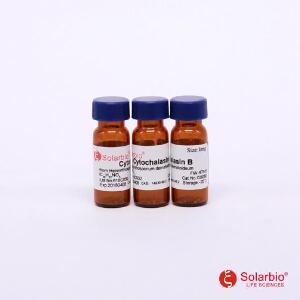
- 细胞松弛素B,14930-96-2
- 北京索莱宝科技有限公司 VIP
- 2025-12-26
- ¥1000.00
-

- 细胞松弛素B
- 成都彼样生物科技有限公司 VIP
- 2025-12-25
- 询价
-

- 细胞松弛素B
- 湖南汇百侍生物科技有限公司 VIP
- 2025-12-08
- ¥590
-
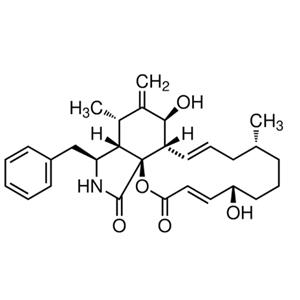
- aladdin 阿拉丁 C113160 细胞松弛素B 14930-96-2 98%
- 上海阿拉丁生化科技股份有限公司 VIP
- 2025-11-14
- ¥718.90
-
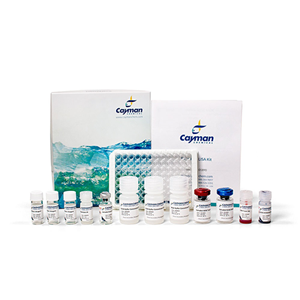
- 细胞松弛素B
- 武汉艾美捷科技有限公司
- 2025-09-29
- 询价
-
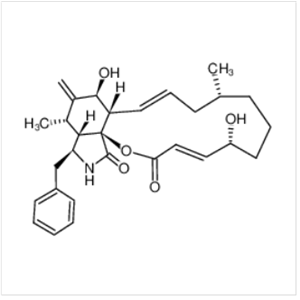
- 细胞松弛素 B
- 陕西缔都医药化工有限公司 VIP
- 2025-09-11
- 询价
-

- Cytochalasin B/14930-96-2
- 上海泰远生物科技有限公司
- 2017-08-30
- 询价
-
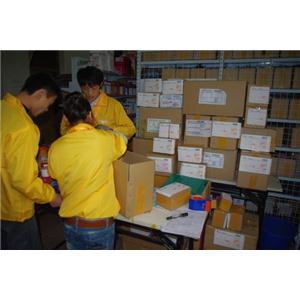
- Cytochalasin B/14930-96-2
- 上海冠导生物工程有限公司
- 2017-08-25
- 询价
-
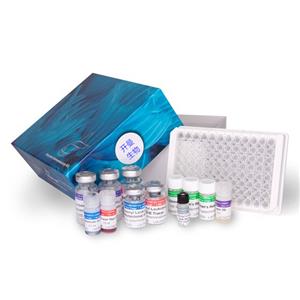
- 细胞松弛素B
- 武汉艾美捷科技有限公司
- 2025-09-29
- 询价

